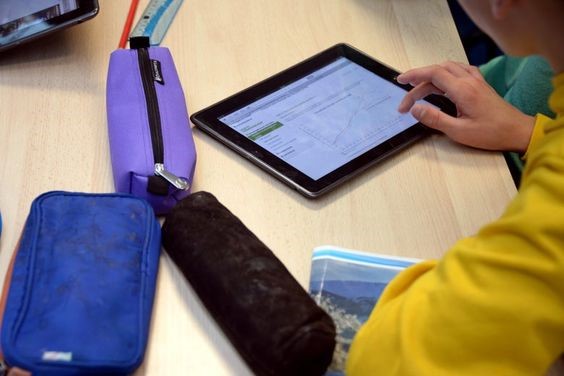
5 Powerful Gamification Strategy Tips That Will Dramatically Enhance Your Business’s Success!
Arun Nagarajah
May 6, 2022Businesses across the world are now looking for ways to integrate gamification into the products or services they offer. This isn’t surprising, as customers want to be engaged with businesses, and gamification is a direct way of ensuring this happens.
There are some key elements of games that make them so appealing. Most of us have been playing games since we were little, and we understand how they work and how they motivate people to play with them.
So if you want to increase engagement with your customers or employees, then incorporating some gaming elements into your products or services is something you should consider.

Here are a few tips to help you get started
You’re probably thinking, “Hold on a second. I’m not a game designer, and my company doesn’t do casual games.” That’s fine! Gamification applies game-design mechanics and rules to non-game situations such as business processes, product engagement, learning challenges, etc. There are three main reasons why gamification is effective:
- It gives people a sense of purpose or meaning to the work they are doing
- It provides autonomy in how they go about achieving their goals
- It helps make tasks feel more enjoyable by using elements of competition and reward
And without further ado, here are five gamification strategy tips for your business to help you succeed effectively.
1. Goals of your Gamification Strategy

This is the most crucial step. Without having a clear sense of what you want to achieve, it’s impossible to have a successful gamification strategy. Defining your goals will also inform the rest of your plan, from how you structure the game to how you incentivize players. So, what do you want?
- Increased user engagement: You might want more people using your product or service or using it more often.
- Customer acquisition: Perhaps you need to get new users onto your platform and persuade them to become repeat customers.
- Improved results: Maybe you’d like to see specific metrics (for example, higher productivity) improve over time.
2. Identify What to Measure and How?
The first step to creating a gamification strategy is identifying what you want to measure. This may seem obvious, but it’s an important question that must be carefully considered.
- Decide which metrics are most important for your business. For example, consider whether the most important things to your business are: an increase in sales, customer retention rate, engagement on social media, or several product signups?
- Choose metrics that you feel you can influence – and make sure they align with your organization’s goals.
- Understand what people find rewarding about engaging in certain behaviors. Determine what kinds of behavior would motivate them (e.g., getting more followers or ‘likes’ on social media? Getting points? Collecting badges?).
Related article: Gamification in 2022: Future of Immersive Technologies
3. Motivate the right behaviors
Where the reward system is critical, it’s also essential to think of what the user will be rewarded with. They may want something tangible (like a gift card), or they may want to be more intrinsically motivated–that is, they want to feel like they’ve achieved something and earned recognition for it. It’s up to you whether you’re offering these rewards right away or letting users accumulate them over time until they reach an agreed-upon level that unlocks their prize.
One of gamification’s greatest strengths lies in motivating employees towards desired behaviors by turning work into a fun challenge. It doesn’t have to be complicated–the idea is that once the game begins, players are driven by an inner sense of motivation, which can help them accomplish tasks without realizing it because they’re so engaged in the experience.
4. Create a feedback loop for continued success
Once your program is up and running, it’s essential to create a feedback loop. This will help you gauge whether or not your program is successful and, if not, what needs to be adjusted.
Gathering feedback can be accomplished through surveys, focus groups, online forums, or casual conversations with coworkers and users. Once you’ve collected the data, take time to analyze it.
5. Reward the right people with the right incentives

Once you’ve identified your target audience and the motivators that drive them, it’s time to reward those behaviors. And, as with all rewards, it’s important to be generous. The gamification of a website or internal business process will likely change your audience’s behavior in some way. You want to ensure that the change is favorable for you and your target audience, so make sure to incentivize with care.
Final Thought:
Gamification has been successful in various industries, and there is no sign that it is going away any time soon. The simple fact is that people like games, and they respond to them. When you take the time to understand how they work and what types of apps will be most beneficial to your business, gamification can help your company grow in ways that you never imagined. Reach out to us for more exciting gamified solutions.
9.08 & 9.09, Block E Phileo Damansara 1,
9, Jalan 16/11, 46350 Petaling Jaya, Selangor
Telephone: +60122254456
Email: [email protected]
(202001021557) (1377877-X)
All Rights Reserved



